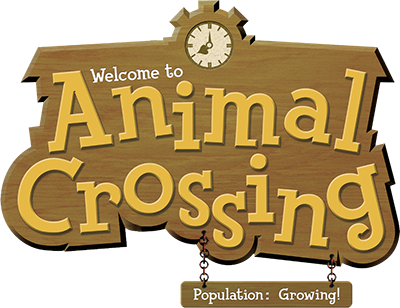What is Animal Crossing: Population Growing?
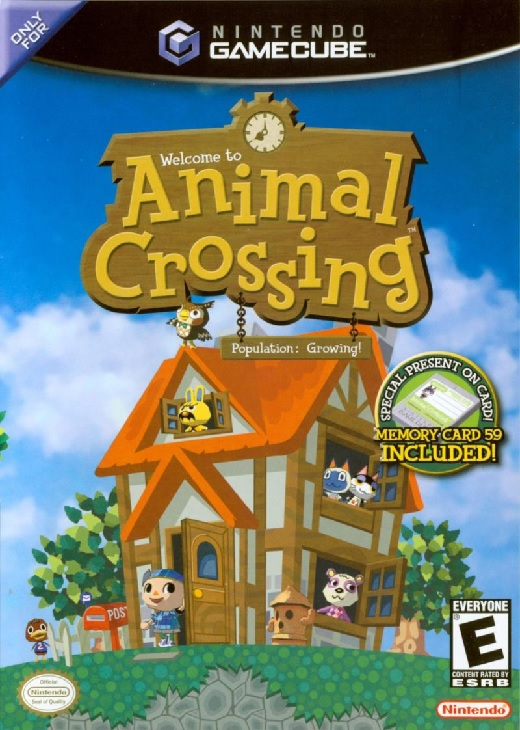
Animal Crossing: Population Growing is a Life-simulation game released for the Nintendo Gamecube on October 17th, 2003. It is an English localization of Dobutsu No Mori E (or Animal Forest E), which was a Gamecube port of Dobutsu No Mori (also known as Animal Forest) for the Nintendo 64. While it technically can't be considered the first game in the series due to all the first generation Animal Crossing games being different enough to be considered their own games, it is the first Animal Crossing game experienced by the western world and Europe.
What's this all about?
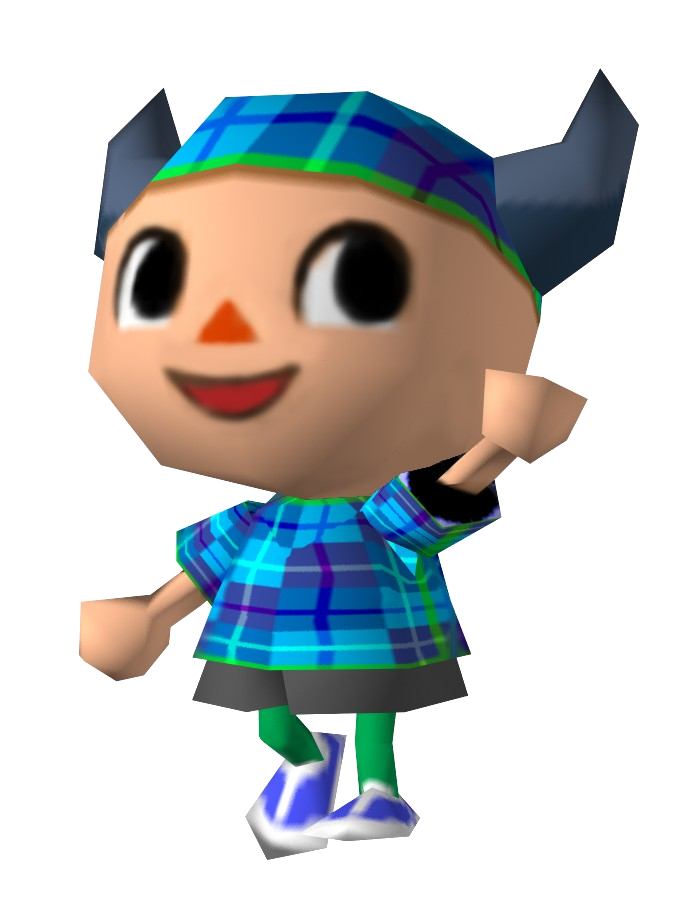

The game centers around a human player character (officially dubbed villager) who has moved into a town with anthropomorphic animals as citizens. You first start on a train, talking to an anthropomorphic cat on the train, Rover! He asks you where you're going, what your name is, and other questions about how you feel about your travels — all of these are thinly veiled questions to prompt info needed to start the game. All of these questions also determine what your face will look like — which you can't change later!

You try to move in, but unfortunately for you — you left all of your bells at home. Luckily for you, however, Tom Nook is quite forgiving and still sells you his house — so long as you're willing to work for him. Thankfully, you only have to work off 1,000 bells out of the 19,800 total! You're on your own for the rest, though... especially for future rennovations!
Gameplay
The only way you can really beat Animal Crossing: Population Growing is by paying off all of your home loan, including the final rennovations. However, unlike most other games, you are not supposed to play Animal Crosisng with this being your sole goal. The game is more open-ended — there are many things you can do. You can...
Buy clothes from the Able Sisters.
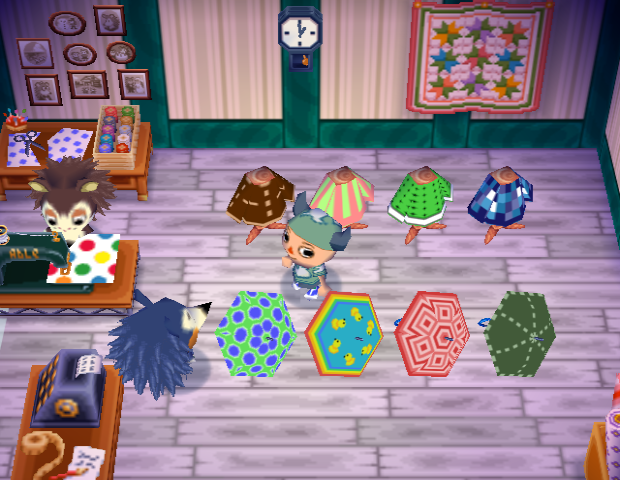
The Able Sisters clothes store in ACPG is more limited compared to later entries — the same goes for clothes altogether! While clothes in later entries extend all the way to Hats, Dresses, Glasses, Shoes, Masks — clothes in the original game only extend to shirts. One singular shirt design that is present on your hat, shirt, and shorts. Speaking of designs, you can only have up to eight. Pro designs weren't a thing, and you had to pay bells to make basic designs! You can also collect things too.
Dig up fossils.
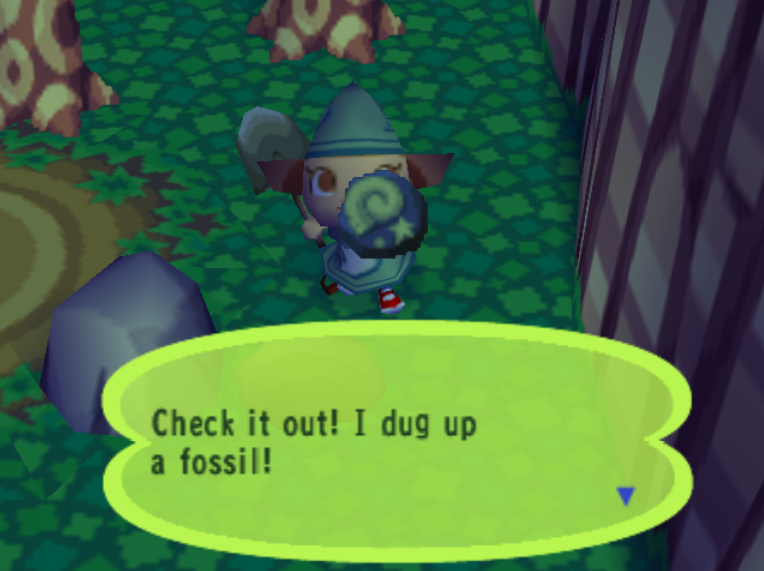
Fossil's were mostly the same in Population Growing. There were twenty-five of them to collect, and you donated them to Blather's museum like always... except, donating them to blathers was a little trickier.
In order to donate fossils to Blathers, you had to mail them for Fossil Inspection — up to five at a time — and wait a day for their class to be determined before you could donate them!
Hey, at least you still can see them displayed in the museum. That's still awesome. There's another collectable you can donate to the museum, too..
Go fishin'.
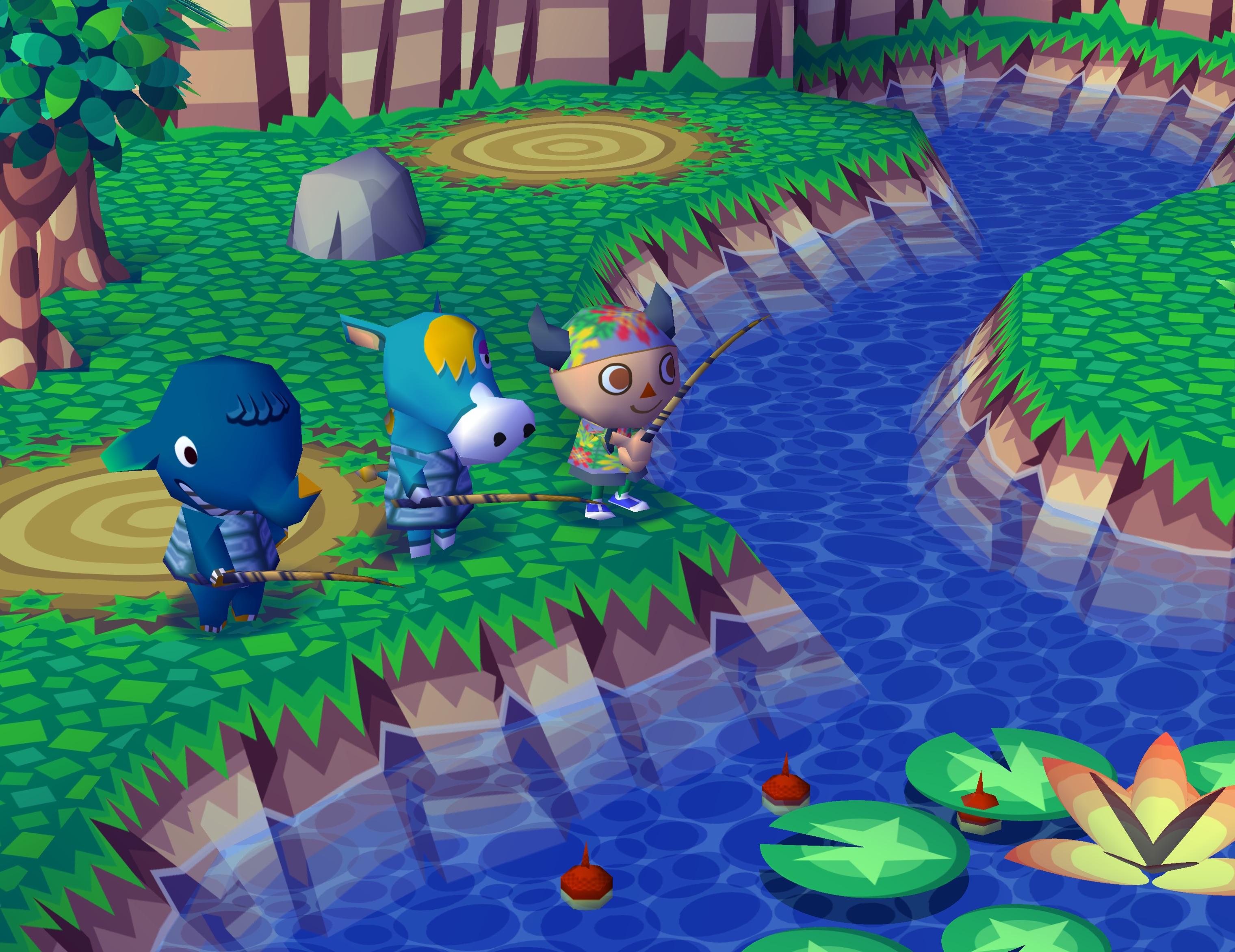
Not a lot to say about fishing in ACPG. You sink your line into the water and wait for a nibble, just like in future entries — just like in real life. There are a total of 40 fish you can catch in this game, and if you catch them all — you will be rewarded a golden fishing rod, and a fish ornament on your roof!

You can also display the fish you've caught in your house, as well as donate your fish to the museum. There are also fish-catching competitions held every now and then! You can also...
Catch bugs!

Bug catching is still the same, but like always, I will give a run-down for those who don't play Animal Crossing. You catch bugs with a net. There are 40 insects total to catch. Once you catch an insect, you can either donate it, sell it, display it in your home, or let the bug free! That's what I do when I can't do any of the before, anyways. But what if you don't want to be out and about, you ask?
Decorate your house!
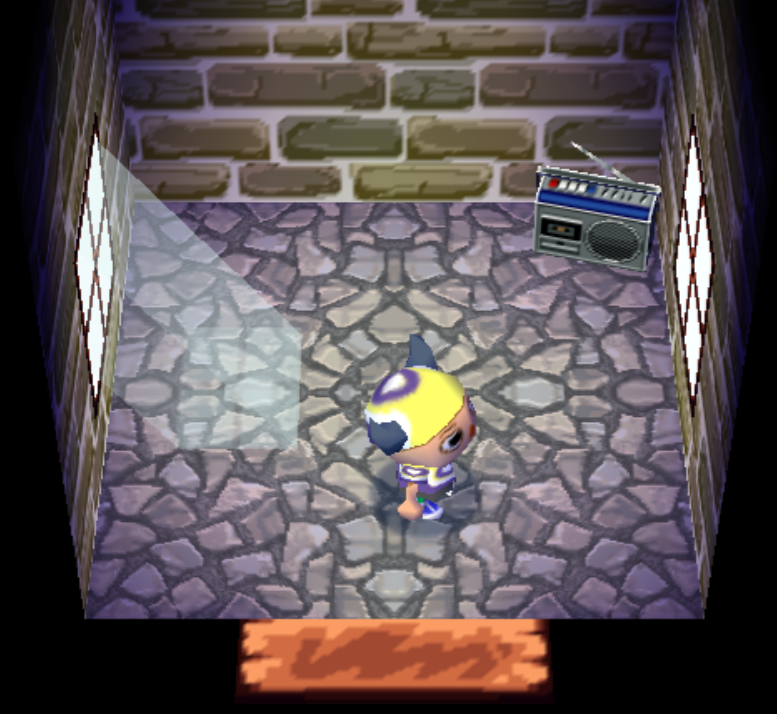
The house you initially work off your debt for is barren, as well as quite small. Thankfully, you own the house — therefore you can decorate it! There are a total of 603 furniture items, including TV's, Couches, Closets, rugs, paintings, and... NES games? We'll get to that later.
There are also quite a bit of furniture series and sets, but I'll just give examples of animal crossing player houses below.
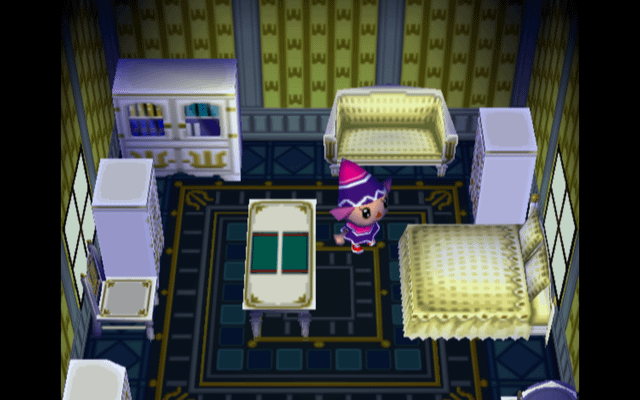

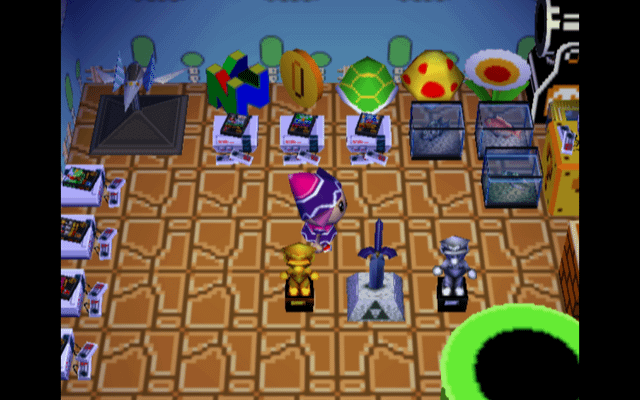
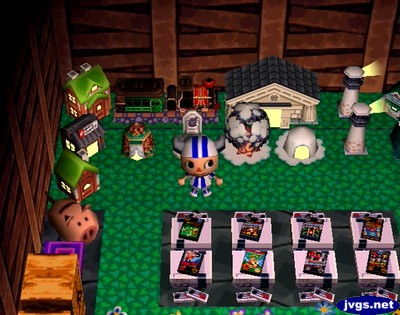

So on and so-forth. A lot of players, myself included, used the basement as a storage unit! There was no house-storage, no storage cabinet, no designated space forn all of your items — none other than your trusty basement! You cannot put a wallpaper on the basement either, hence why it is the designated storage room for many. I softlocked myself moving items around my basement once, because you can only save using the Gyroid outside your house. What else can you do? Oh right...
Socialize with the hospitable town-folk!

And by hospitable, I mean mostly hopsitable. The villagers of where you moved to haven't seen a newbie like you in a while, so it'll take them some time to adjust. Don't take their words too personal, even if they're harsh... like, really harsh sometimes.
You can talk to them (try to ignore some of their berations), give them gifts, help them find lost items, visit their houses... just don't bug them too much, though. They will get angry.
By the way... the villagers in this game are so mean for no reason and it's actually too funny. Here's some more images of villagers being utterly cruel to an unsuspecting villager. Right-click in new tab for better view.
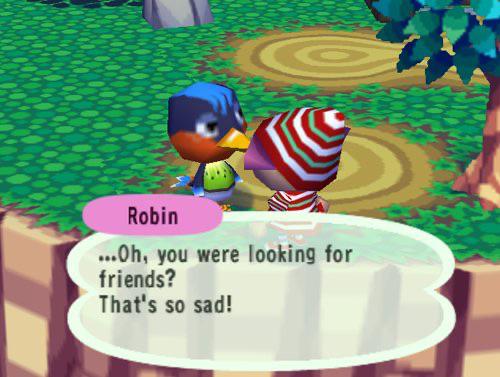
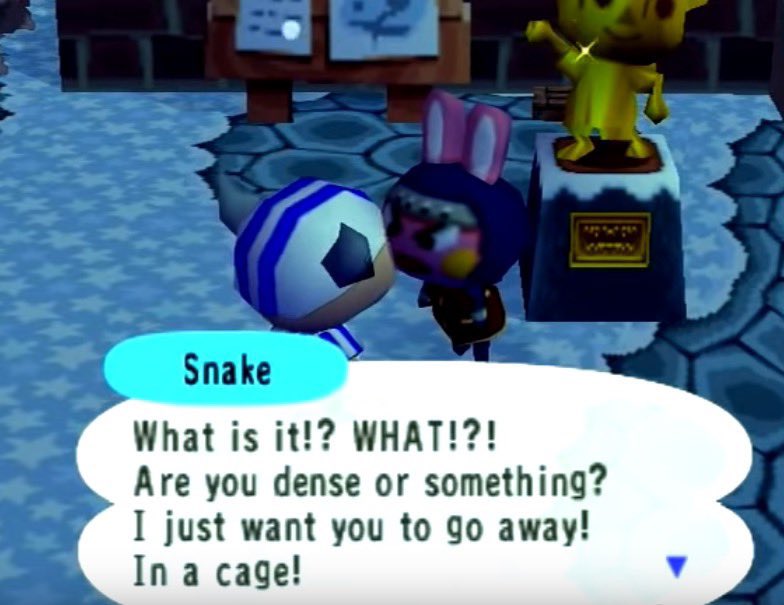
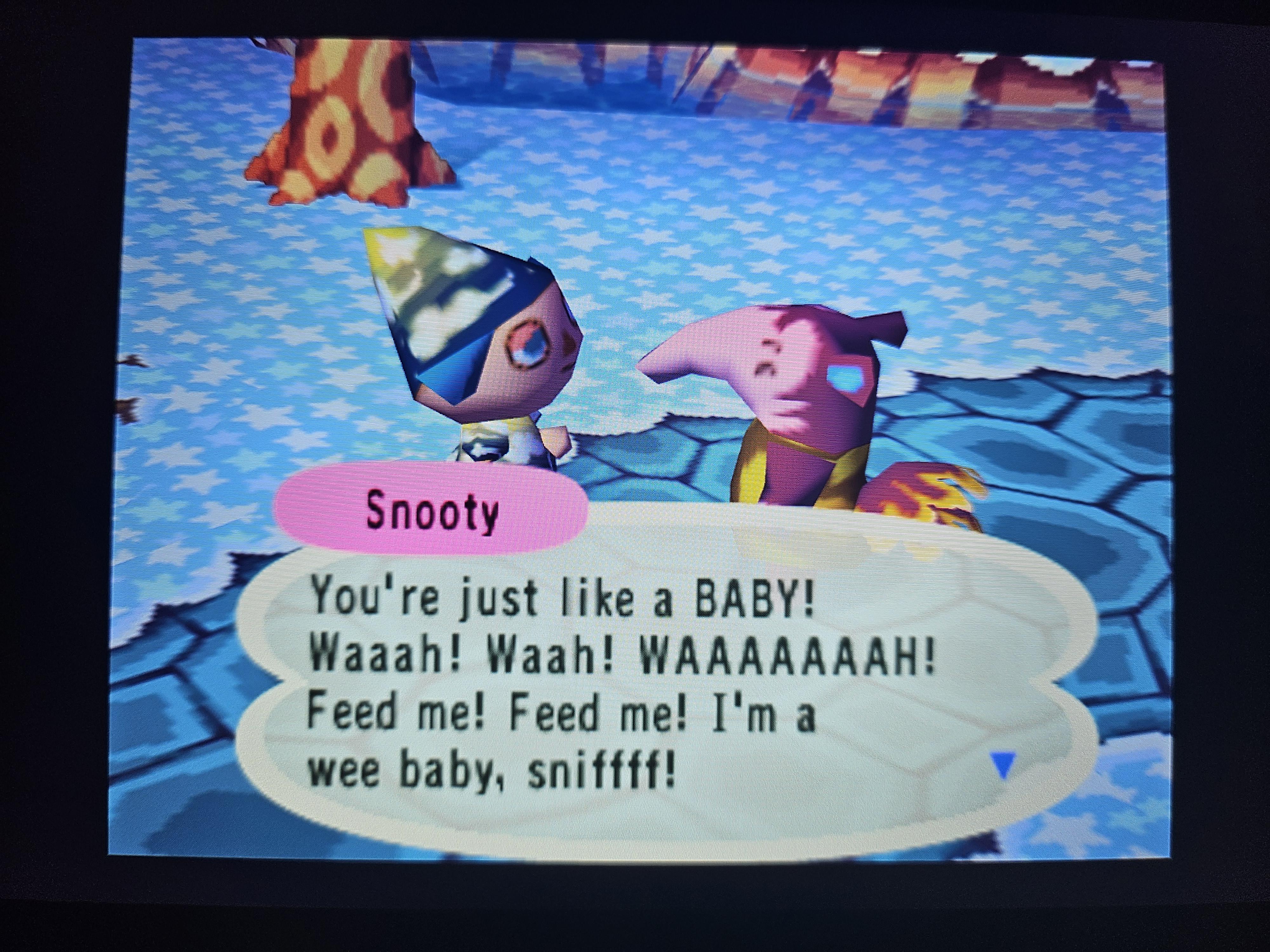
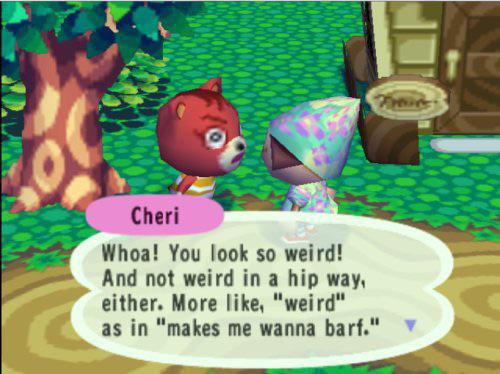
Other Notes
Here's a collection of interesting notes about the game that I would put on other sections on this shrine, but can't find a place for.
NES Games
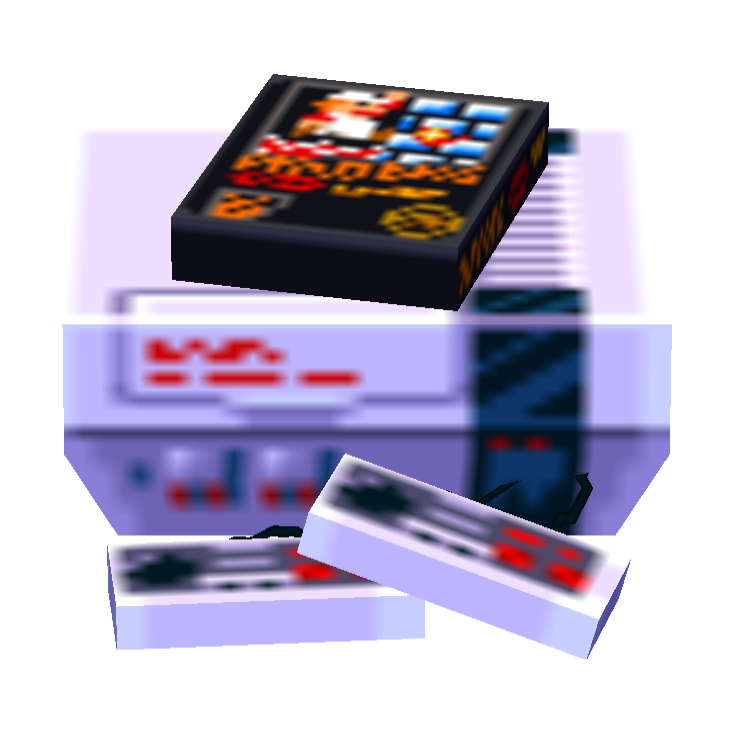
In ACPG, you could collect NES games as furniture to display in your house; and they were perfectly playable!
There's a full list of games you could play, but I'm not boring you with them unless you want to
be.
This may be considered an oddity just because it's not available for future entries, but that's due to Nintendo realizing they can resell NES games through Virtual Console for the Wii, Wii U and Nintendo 3DS, as well as through Nintendo Switch Online on the Nintendo Switch (go figure).
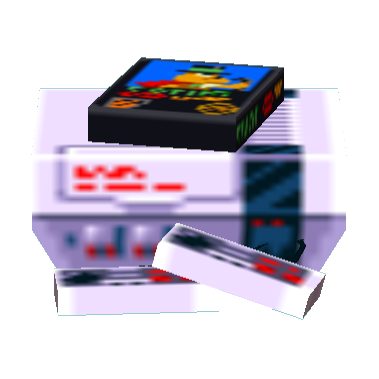
The only NES game that wasn't playable was Super Tortimer, because Super Tortimer isn't an NES game you goof.
Lastly, there is a "Blank" NES furniture item that is unobtainable unless you use a catalog trade code. Whenever you interact with the item, it calls for a function that scans for NES Roms on your Gamecube Memory Card. I imagine they were going to distribute roms to Memory Cards somehow, but never did it. However, if you manage to inject some NES games onto your Memory Card, you can get the "blank" NES to play them. Your mileage may vary, but it's possible.
Dobutsu No Mori e+ / Animal Forest e+
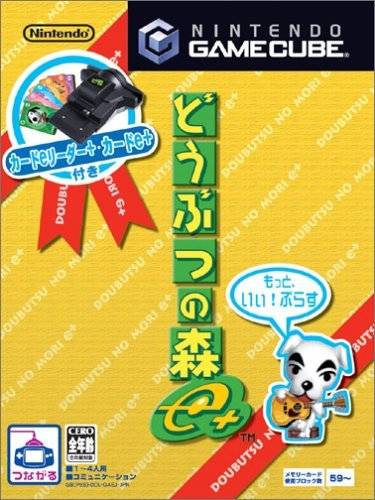
Nintendo of Japan was very impressed with the localization of Animal Forest — so much so that they localized it back into Japan, with more updates and quality of life changes, of course! Dobutsu No Mori e+ released exclusively in Japan on June 27th, 2003. It featured all American Holidays, as well as re-added Japanese holidays. The e+ in the name stands for e-Reader technology, which was a gimmick back in ye old Gamecube and Gameboy Advance days.
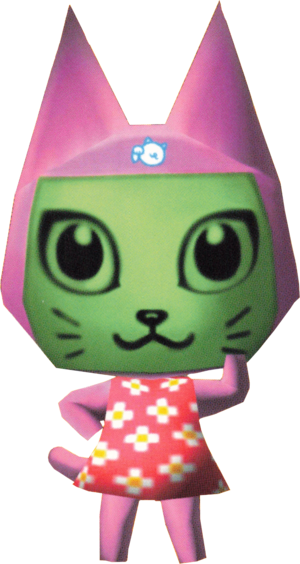
e-Reader cards for Dobutsu No Mori e+ worked similarly to how amiibo cards worked today — you could swipe a card to invite a villager into your town. There were quite a few e-Reader exclusive villagers such as Meow, Bow-Wow, Pierre and Nindori. There were also a lot of non-ereader exclusive villagers that debuted in this game — such as Chrissy, Francine, Roscoe, and many, many more.
Dobutsu No Mori e+ could likely warrant an e-shrine in and of itself, which is an idea for a later day.
What this game means to me
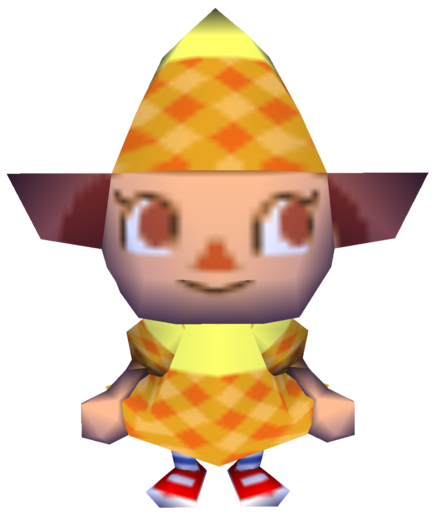
When I was a thirteen year-old girl in 2017, I had transferred to home/online schooling due to repeated bullying and increasing mental health issues from said bullying. I had two friends total, but it felt like they were unreachable — busy with their own battles. My dad was too busy with work to spend time with me, and my brother seemed to be in his own world, too. I was isolated. It felt like my Nintendo Wii was my only friend. My friend since infancy.
I had just modded my Wii that year. When looking for games to "borrow", I came across Animal Crossing: Population Growing. I had a blast — but my favorite element of it was the escapism it gave me, and the friends I felt I made in the villagers. Even though Blaire called me a mental runt, she eventually warmed up to being my friend. Bessie welcomed me into Toad Town with open arms. Woolio was coolio, other than the time he yelled at me and made me cry for talking to him too much. Billy, Anthony and Boots were really fun to hang with as well.
As sad as it is that I emotionally depended on a Gamcube game for comfort and socialization, it and Animal Crossing: New Leaf got me through one of the toughest periods of my life. I also found it was quite different from Animal Crossing: New Leaf, and to this day I find those differences utterly charming. Not only does my nostalgia make me love it, but the first-game syndrome gives it a unique feeling to it. It will always have a special place in my heart.
The Uniqueness of Population Growing
Population Growing feels different from a variety of reasons. Many say it's due to the villager dialogue alone, how old it is, but I don't quite think that's the answer. The reason why Population Growing feels different is because the design philosophy of the series has been different since then. It wasn't a sudden change either, but it grew over time until Animal Crossing became what it is today.
"When I moved there I left my family and friends behind. In doing so, I realised that being close to them – being able to spend time with them, talk to them, play with them – was such a great, important thing. I wondered for a long time if there would be a way to recreate that feeling, and that was the impetus behind the original Animal Crossing."
Katsuya Eguchi, the creator of Animal Crossing, wanted to create a world that felt similar to his own at the time — strange, away from familiarity. Not a world, but a feeling many have felt when moving in somewhere new. Heck, it's how I felt when I moved out of state for the first time. When you're creating a video game world with such intention, you are making a world to escape to — in which Animal Crossing certainly does feel like a different world to visit, more than it just feeling like a game.
Wild World and City Folk were similar, but gave the player some more control over their own appearance. There were also many quality of life changes, but that's besides the point.
When Animal Crossing: New Leaf was announced, there was an exciting new feature to the game; the mayor of the town you move into is you! You could create new laws for the town, were responsible for the building of town projects and shops, and have near total control over your town! This is where I feel the series shift started. New Leaf is a very fun video game still, but was a far cry from the lack of control you had in previous entries.
Then, New Horizons was announced. This one takes place on an island, and guess what! You get total control over your island, as you build it from the ground up! Don't like a villager? Replace them with an amiibo! Want a villager to talk to you? Sorry, they don't have much thoughtful to say. Don't like the location of the stores? Move them! You can even move your neighbors houses if you don't like where they are! In fact, only you decide where they live, or even if they can leave or not! Your island — along with the houses, buildings, items and stores on it— is your oyster to modify as you please!
When New Horizons came out, the village became from a world that you move into... to a world that moves at your touch. As a long-time fan, I cannot like it the same way I like other animal crossing entries for that reason. This shrine isn't meant to be a bashing on New Horizons, however, but a love-letter to Population: Growing, and mentioning why it is special is necessary to convey that.
